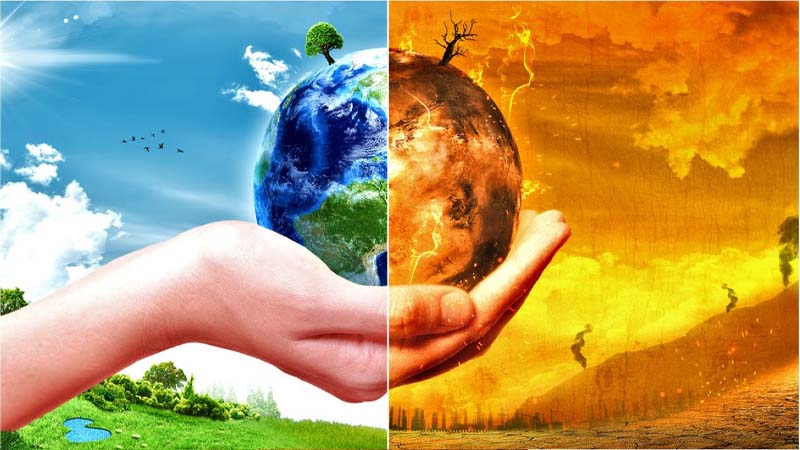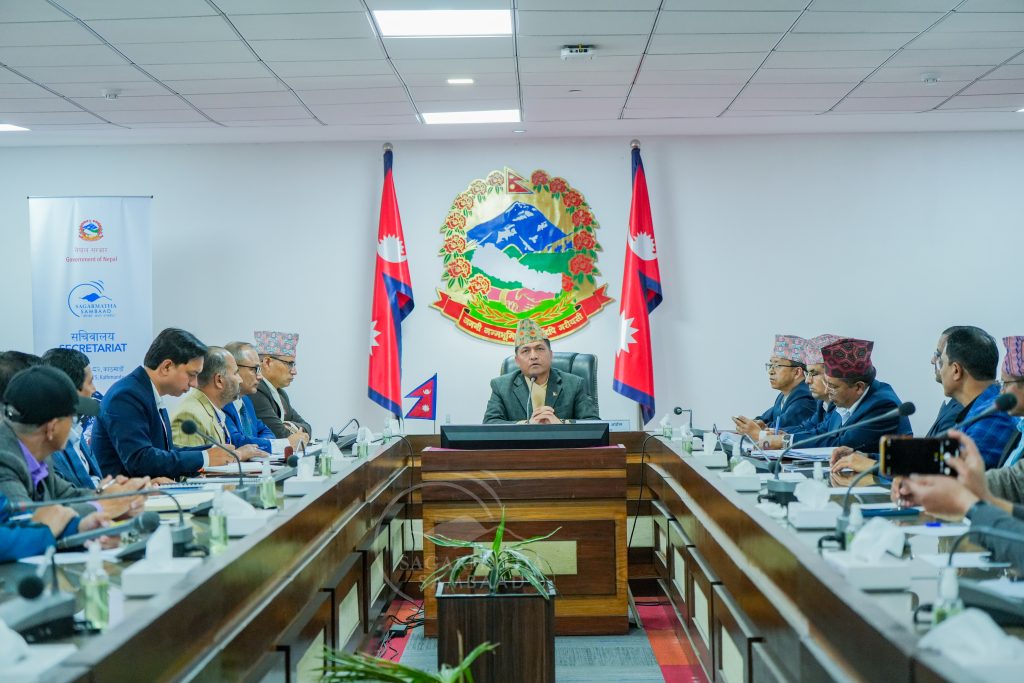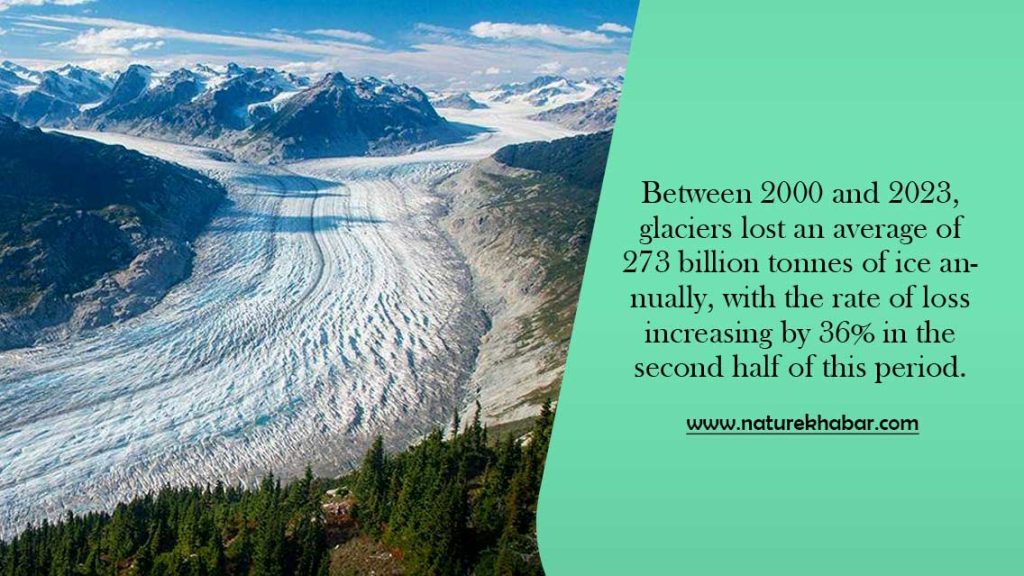Regional Organisation on Climate Change
- Zile Huma

 Asia is in dire need of a regional organisation aimed at tackling climate change
Asia is in dire need of a regional organisation aimed at tackling climate change
Emerging challenges and needs have always compelled countries to join hands for common interests. The foundations of regional organisation have always been laid on some common factors including geographical proximity, similar cultures, and common socio-economic and political interests.
Regional organisations like South Asian Association Regional Countries (SAARC), Economic Cooperation Organisation (ECO), and Association of South East Asian Nations (ASEAN) are products of such common interests.
Many international and regional organisations are also established on the principles of collective security and defense like the North Atlantic Treaty Organisation (NATO), South East Treaty Organisation (SEATO) and Central Treaty Organisation (CENTO).
Asia is a region faced with multiple vulnerabilities due to climate change effects. Most of the countries in this region are under developed or developing countries and face the brunt of unsustainable development of developed countries in various forms of threats caused by climate change. South Asia is a region with the highest mountain ranges like the Himalayas, Karakorum and the Hindu kush.
Countries like Pakistan, India, China and Nepal are living under melting glaciers that are affecting the livelihood of people living in these mountain regions causing migration, economic and physical losses. The Central Asian States with glaciers face similar issues in their areas. These glaciers help in maintaining the water cycle in the entire region. Similarly, smog is the latest threatening issue in Delhi, Lahore and Beijing and is mostly caused by the effects of trans-boundary pollution. Droughts and unpredictable weather patterns are also significant regional issues.
The snow leopard can be found in 12 mountain countries of this region including Afghanistan, Bhutan, India, Kazakhstan, Kyrgyzstan, Mongolia, Russia, Tajikistan and Uzbekistan and Kyrgyzstan. The snow leopard is also declared as vulnerable under the Convention on International Trade on Endangered Species. One of the reasons for vulnerability of this specie is because of climate change that damages the habitat of this specie.
Moreover, the South Asian region especially Pakistan, India, Nepal and Bangladesh face many floods every year. Other countries in Asia like China and Indonesia face huge losses due to flooding.
The problem of sea level rise is also a common issue of all states with coast lines like Pakistan, India, Bangladesh, East Asian countries and Middle Eastern countries. Decreasing forest cover is another threat in West and South Asia. Increasing deforestation due to urbanisation is deteriorating the situation. Storms, hurricanes and winds are another common issue in East and West Asian countries. All these issues negatively impact agriculture, health, gender sensitivities, water resources and the overall economy of the region. The collective regional issues of climate change can be discussed on the specific regional organisation for climate change.
The establishment of a regional organisation can help to provide a platform to discuss and find solutions of common issues. The Asian region is in dire need for a regional organisation on climate change. This regional organisation would help to unite like-minded countries and take ahead their common interests at international forums.
This regional organisation would provide the platforms to climate change affected countries to highlight their issues and develop common solutions through the sharing of knowledge and transfer of technology. The smog and trans boundary issue can be discussed on the platform of this proposed regional organisation. The countries exporting smoke to other countries and causing smog can do agreements and compensate in the form of financial benefits. Similarly, countries in the region can trade through carbon pricing at the regional level. China can assist other countries in developing forests in deserts by sharing The Kubuqi model of Ordos. This project can be included in China’s “One Belt One Road” with regional countries.
Moreover, countries in the region can collaborate on renewable energy projects. The Middle Eastern countries can increase their solar energy capacity and begin exports. India and Pakistan can collaborate on building dams for common use at some feasible site on the border with India. It would help to prevent water from melting glaciers, increase energy capacity and can support peace in the region as well. Similarly, Japan can support this region through its electronic vehicle technology.
Coastal regions can produce wind energy for the region through collaboration. All countries in the region can help implement the idea of climate change insurance in the region that can facilitate tourists and travelers in the region to be compensated in case of some loss due to climate change damages.
A regional organisation is required to enhance regional cooperation on multiple issues related to climate change issues. This regional organisation would also help to raise a collective voice of the region for flow of finance from developed countries to developing countries.
The writer is based in Islamabad and works on environmental issues. She can be reached at zilehuma_1@hotmail.com
Daily Times




Feedback